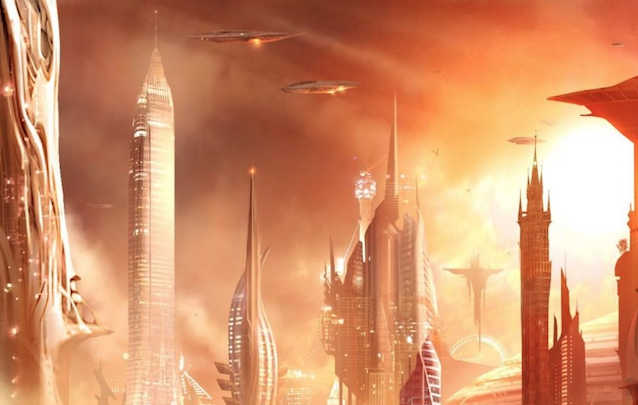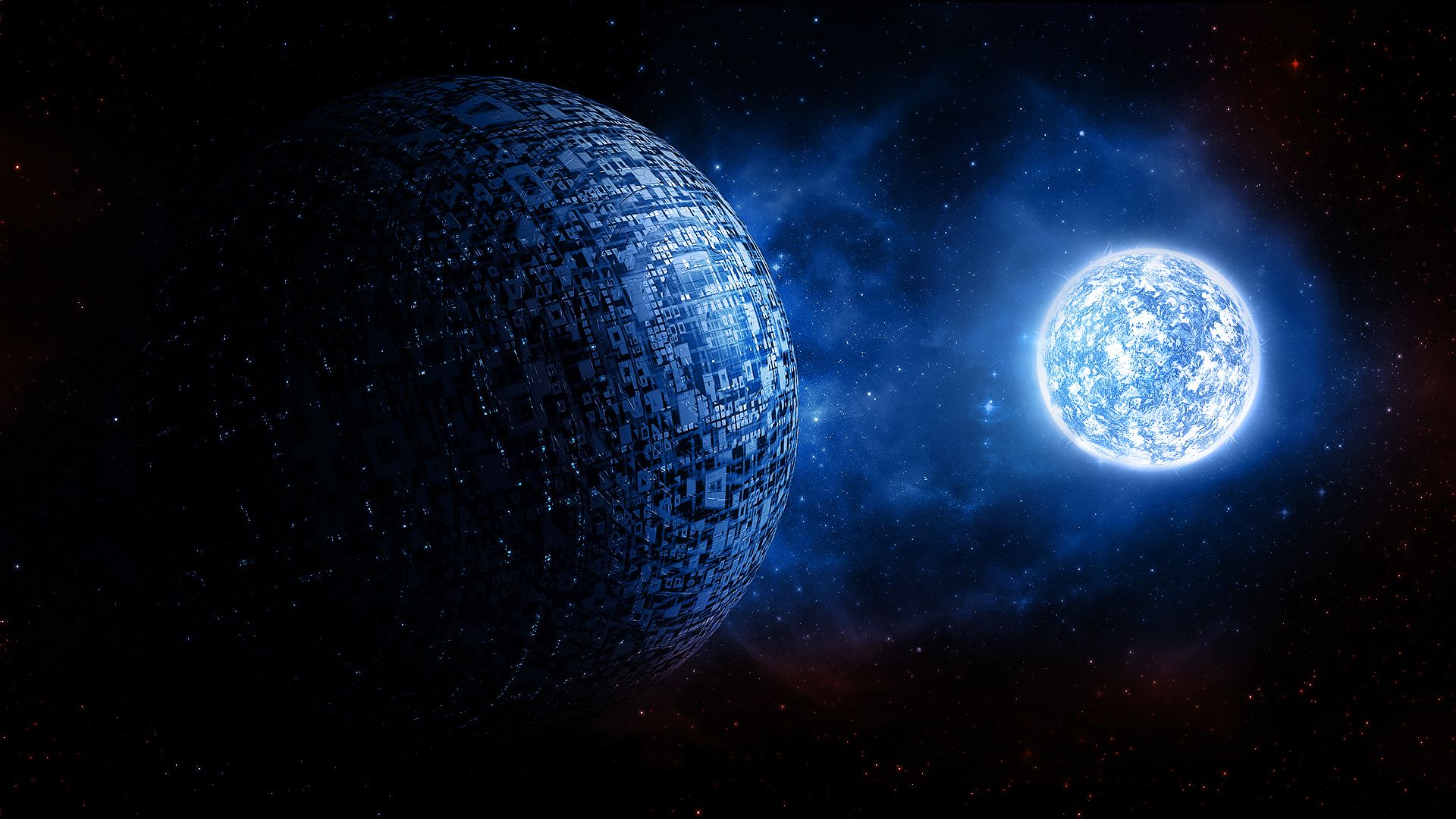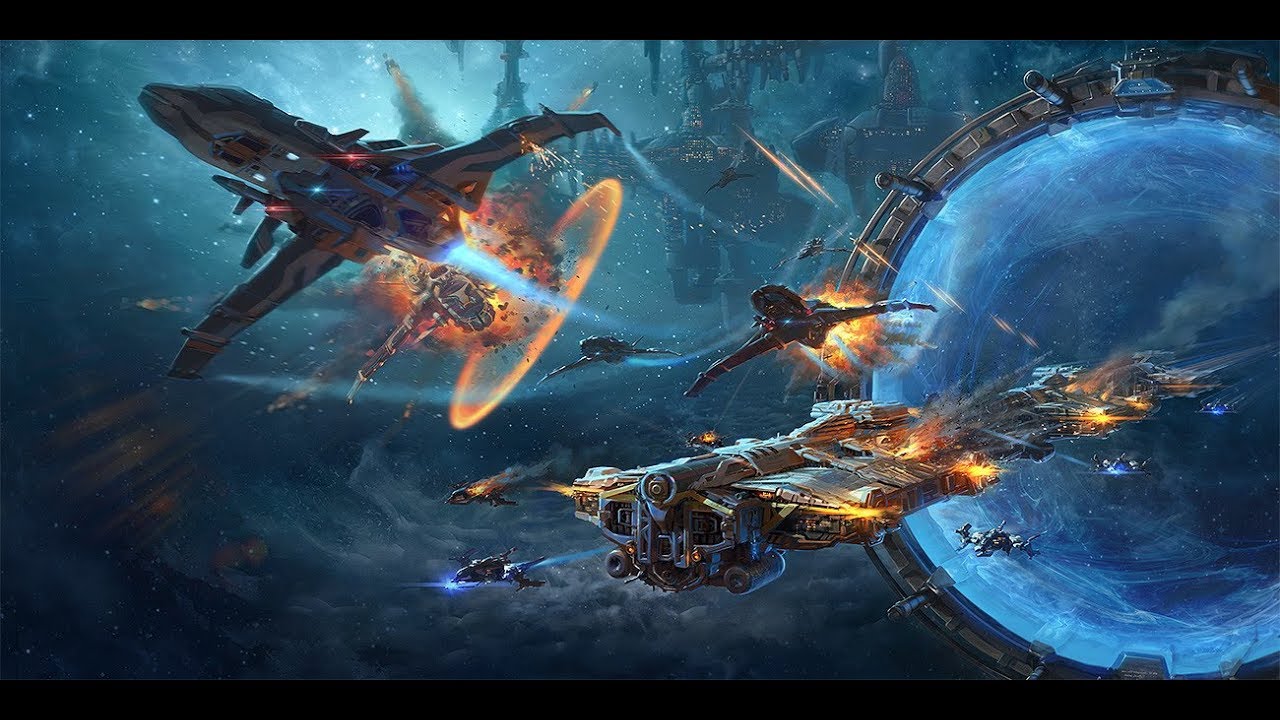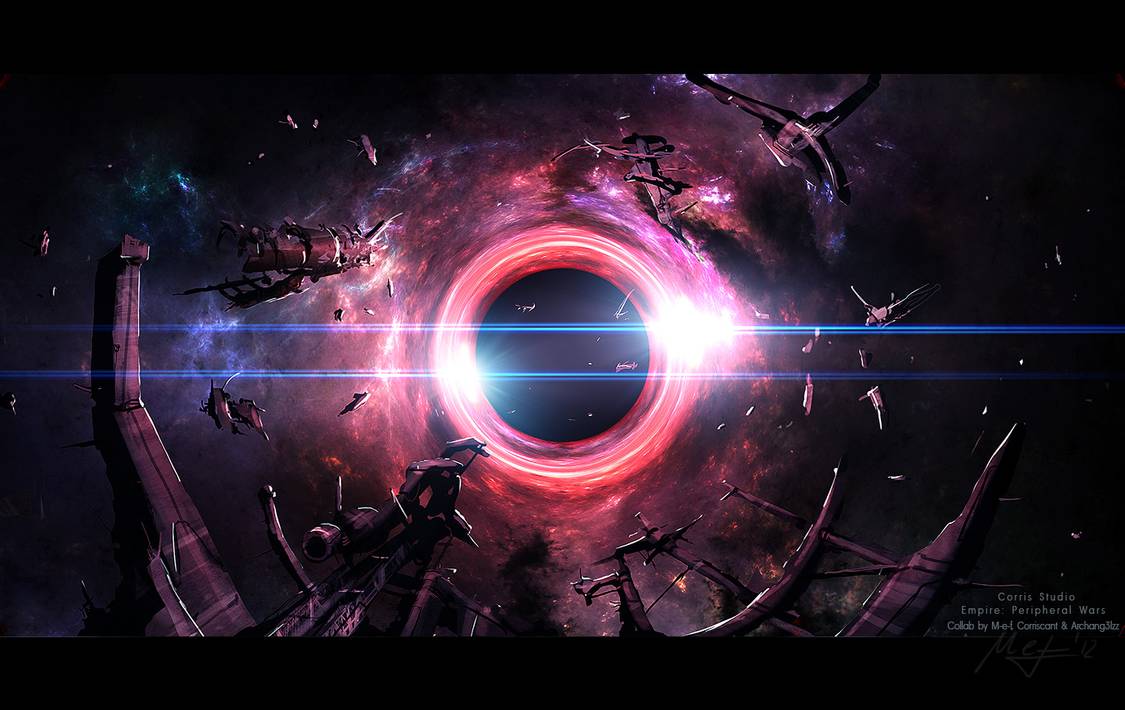Gas giants aren’t the only place to have varied adventure locations. Assuming a sufficiently advanced civilization, rocky planets are just as likely to have terrestrial space stations, orbiting space stations, lunar space stations, and perhaps relay stations beyond that.
Welcome to another installment of Terraforming. We don’t have to always create crazy new ideas or try mix up ideas that we haven’t seen together to create a sufficient space fantasy. Let’s take a look at building a space sandbox by working with things that are familiar to us.
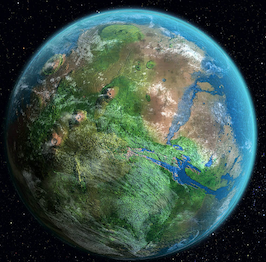 The Rocky Planet. The planet Fretta is smaller than Golarion was, about 80% the diameter, with a very active molten core and plate tectonics. On a geologic scale, compared to Golarion, the plates are moving quickly. This creates borders around the plates in which terrain and large plants (like trees) are unable to survive long, thus from space there are noticeable marks upon the continents making it easy to tell where one plate ends and another begins. Quite often these lines are tinged with the red glow of active lava flows. Due to the smaller size of the planet, the gravity is lower, and the largest volcano happens to be powerful enough to eject materials into orbit. It has been doing so for so long that a tiny moon eventually formed from the detritus. Due to the content and strength of the molten core, the planet has a strong magnetic field that encompasses this moon and has enabled forms of microbial life to survive the trip from surface to moon, adapt, and thrive.
The Rocky Planet. The planet Fretta is smaller than Golarion was, about 80% the diameter, with a very active molten core and plate tectonics. On a geologic scale, compared to Golarion, the plates are moving quickly. This creates borders around the plates in which terrain and large plants (like trees) are unable to survive long, thus from space there are noticeable marks upon the continents making it easy to tell where one plate ends and another begins. Quite often these lines are tinged with the red glow of active lava flows. Due to the smaller size of the planet, the gravity is lower, and the largest volcano happens to be powerful enough to eject materials into orbit. It has been doing so for so long that a tiny moon eventually formed from the detritus. Due to the content and strength of the molten core, the planet has a strong magnetic field that encompasses this moon and has enabled forms of microbial life to survive the trip from surface to moon, adapt, and thrive.
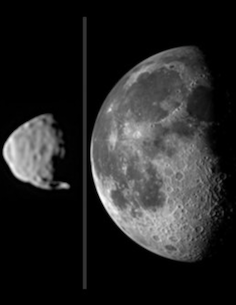 The Moons. In addition to the miniature moon created from the terrestrial volcano, Fretta has a larger moon that is roughly 1/4 as large as the planet itself, whose orbit has helped keep the planet’s core so active.
The Moons. In addition to the miniature moon created from the terrestrial volcano, Fretta has a larger moon that is roughly 1/4 as large as the planet itself, whose orbit has helped keep the planet’s core so active.
- Agretta. This moon is barely two miles long and roughly cylindrical in shape. There isn’t a true atmosphere, but the interior contains bubbles of and pockets of air and water that have enabled microbial and insect life to thrive and evolve.
- Winpetta. This moon has no natural activity, either geological or biological. The surface is covered in impact craters obtained over the entirety of its life. The discovery of frozen water in craters on the poles as well as veins of mithral in the deepest valleys have led to the construction of spaceports.
The Spaceports. There are three spaceports in the Fretta system.
- Spaceport Frettosk. Due to the fragility of the ecosystem on Fretta, only one continent has a spaceport, requiring travellers to ferry to and from all other surface locations. Nicknamed Spaceport Frettosk, this is the largest structure on the planet, with the highest concentration of technology on the planet. The primary structure is a series adjacent buildings with glass domes on a surface resembling a lilypad that is a mile above the ground, supported by a series of immense pillars. The landing platforms surround this structure and are made to resemble flowers, both in form and function. When a vessel is arriving or departing, the platform rises above the others and the platform opens up like a flower, closing and lowering back into place afterwards.
- Spaceport Agrettosk. Agrettosk is an orbital space station and maintains a geosynchronous location above Frettosk as a defense mechanism (it is heavily armed and armored) as well as being of strategic value for facilitating planet-wide air traffic and system-wide space traffic to avoid the volcanic materials constantly found in the upper atmosphere and lower orbit. Many scientific explorations of Agretta are launched from Agrettosk.
- Spaceport Winpettosk. Winpettosk is located near the Ice Mines of Winpetta’s northern pole. Although gravity is very low on Winpetta, all traffic to the surface must go through Winpettosk and then use ground transportation.
Agrettosk and Winpettosk are both modeled after Frettosk, such that any visit to one allows you to know your way around the others.
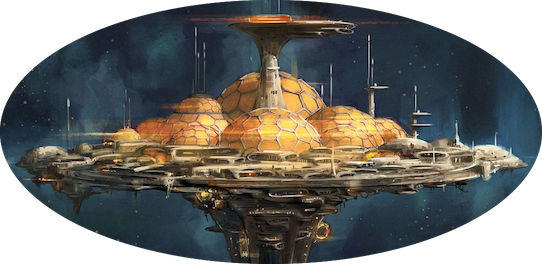
The Wow Factor. The large volcano Warfrett is known for having minor annual eruptions that create a cloud of material that can hover for weeks before slowly settling to the ground. During this time, special spacecraft that are designed to work in debris filled low-orbit employ special carbon-fiber nets to catch as much of this precious material as possible. Originally this time of year was akin to boats fishing during spawning season on ancient Golarion’s great oceans and lakes, but in recent years it has become more of a spectator sport as pilots perform more and more daring maneuvers to capture more than their competition.
Every 10 years, a larger eruption sends material into space where it will ultimately join Agretta. While it has become illegal to dredge this material, it has become sport to see pilots racing around and through the eruption and cloud, both in atmosphere and in orbit.
The Villains. Home to various humanoid species, Fretta is a fairly young spacefaring world and has no influence outside their planetary system.
- Cultists. An ancient cult that worships Agretta as their deity has recently acquired a large influx of wealth and has begun radicalizing followers, known as Agretians. They have made multiple attempts in recently years to hijack scientific expeditions in hopes of forcing them to stop.
- Moon Miners. While space travel isn’t overly expensive, it is heavily monitored to ensure that the planetary “eco” system isn’t jeopardized by more than necessary during mining operations. This has turned the mining sites into work camps without family or much in the way of recreation and vacation. There are echoes of unionization and Agretian cultists are trying to fan the flames in hopes of piggy-backing whatever chaos occurs for their own purposes.
- Reptoids. Most of the wealth of Fretta is held by a cast of citizens known as the exalted, known for their ability to resolve all matters of conflict; almost all of the planetary laws were written by them as a council. Whispers of their true identities and origins are so far just that, but some paranoid humans share information in underground circles that they are the first source of technology on Fretta.

